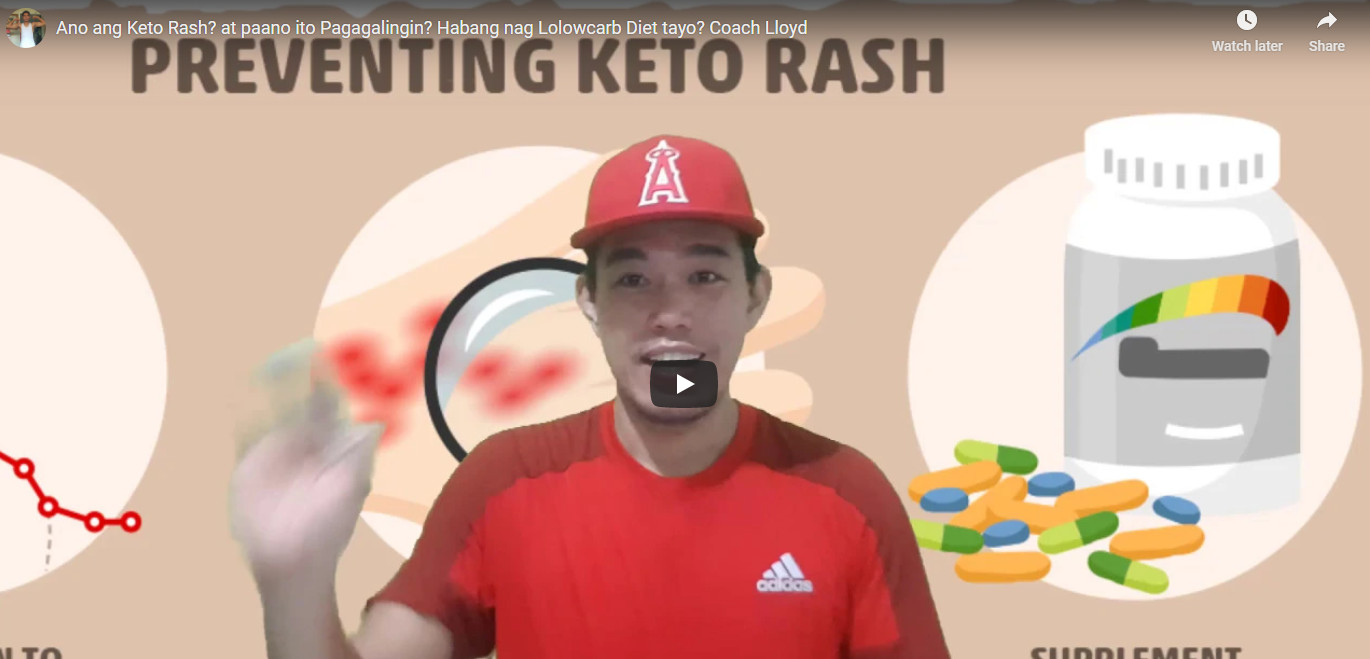What Are the Symptoms of Keto Rash?
Keto rash usually manifests as itchy, raised skin lesions that can be red, brown, or light pink in color depending on the stage the rash is in. Although it’s unsightly and uncomfortable, it is not life-threatening at all.
It looks similar to eczema and dermatitis (keep this in mind for later when you learn about the potential causes of keto rash), and it typically shows up on your neck, back, chest, shoulders, torso, and armpit areas. It can affect your face and extremities as well, but this is not as common.
Keto rash usually forms a symmetrical pattern on each side of the body in a net-like distribution. Like most rashes, the keto rash will worsen if you expose the rash to heat, sweat, friction, and other potential skin irritants.
CLICK HERE TO WATCH THE VIDEO
According to the research, people with prurigo pigmentosa (or keto rash) usually go through 4 main stages:
- Early lesions. During this stage, The skin shows light pink raised skin lesions that look like scratch marks. This stage is often overlooked because it just looks like a minor rash or scratch.
- Fully developed lesions. This is the full blown rash people get worried about because it is much more aggressive. During this stage, the skin is infested with pronounced red skin lesions called papules, and sometimes the papules will include liquid-filled cysts or, more rarely, pus-filled cysts.
- Resolving lesions. When the rash is receding, crusted and scaly papules will take the place of the red lesions. The papules will also start to get darker.
- Late lesions. The skin is left with a net-like pattern of dark spots larger than freckles, called “reticulated hyper-pigmentation”. When this happens, the rash is almost fully healed. The pigmentation might remain long after the rash is gone, but the skin will eventually return back to normal.


Leave a Reply